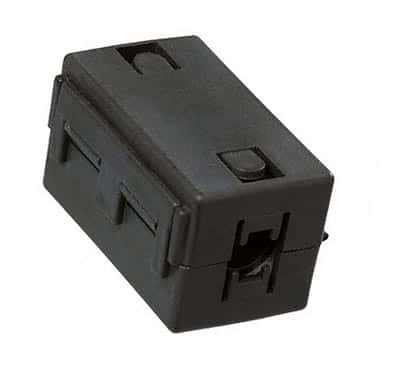As the meaning of anechoic is ‘without echo’, an anechoic chamber represents a room that has minimal wave reflections from the floor, ceiling, and walls. Anechoic chambers are, therefore, suitable for testing Radio Frequency or RF, electromagnetic interference or EMI, and electromagnetic compatibility or EMC. Special materials on the floor, ceiling, and walls of the chamber help to absorb electromagnetic waves.
Another type of anechoic chamber is suitable for audio waves. The design of such chambers is meant for testing audio recording. The floor, ceiling, and walls have special material and their design helps to absorb sound waves.
A wide range of application areas requires accurate measurements of the electromagnetic spectra. For instance, the testing of an antenna requires measuring the electromagnetic energy levels that it is sending or receiving in all directions. Engineers call this the radiation pattern of the antenna, and the pattern can be in three dimensions, or in the principal plane.
When testing an antenna in an anechoic chamber, engineers use a reference antenna for transmitting a known level of power. They rotate the antenna under test to a known angle and allow the measurement system to record the power it receives. By rotating the position of the antenna under test to a different angle, they can take another measurement of the power it is now receiving. By combining all the measurements, they can form a polar plot representing the radiation pattern in that elevation or azimuthal plane.
Conducting this exercise in the open area test site offers several disadvantages.
The test environment may have extraneous electromagnetic waves that the antenna can pick up along with the test signal. This will introduce errors in the measurement. A variety of sources can supply these extraneous waves, including air traffic, cell phones, FM radio transmitters, and more.
Moreover, weather conditions like rain and wind may also easily affect outdoor measurements of electromagnetic radiation.
Additionally, there can be reflections from nearby structures and the floor. The antenna under test will likely pick up these unwanted reflections as well.
Testing inside an anechoic chamber helps engineers avoid the above disadvantages. Typically, anechoic chambers use metal walls as a shield for preventing external radio signals from impinging on equipment inside the chamber. Special RF absorbing materials on the interior walls, floor, and ceiling of the chamber help in absorbing unwanted reflections of radio waves.
In fact, a shielded and non-reflecting anechoic chamber represents an infinitely large room, where the reflections do not reach the device under test, thereby enabling repeatable and accurate measurements.
Available anechoic chambers range in size from a typical room to a small tabletop enclosure. In fact, some anechoic chambers are so big engineers can easily walk inside, while some are as large as an aircraft hangar.
Pyramidal foams with a loading of conductive carbon often cover the internal surfaces of anechoic chambers. The tapered structure of the pyramidal shapes ensures minimal wave reflections for radio waves hitting them, while the presence of conductive carbon helps to absorb the waves. The RF absorbing material converts the absorbed incident electromagnetic energy to heat.

